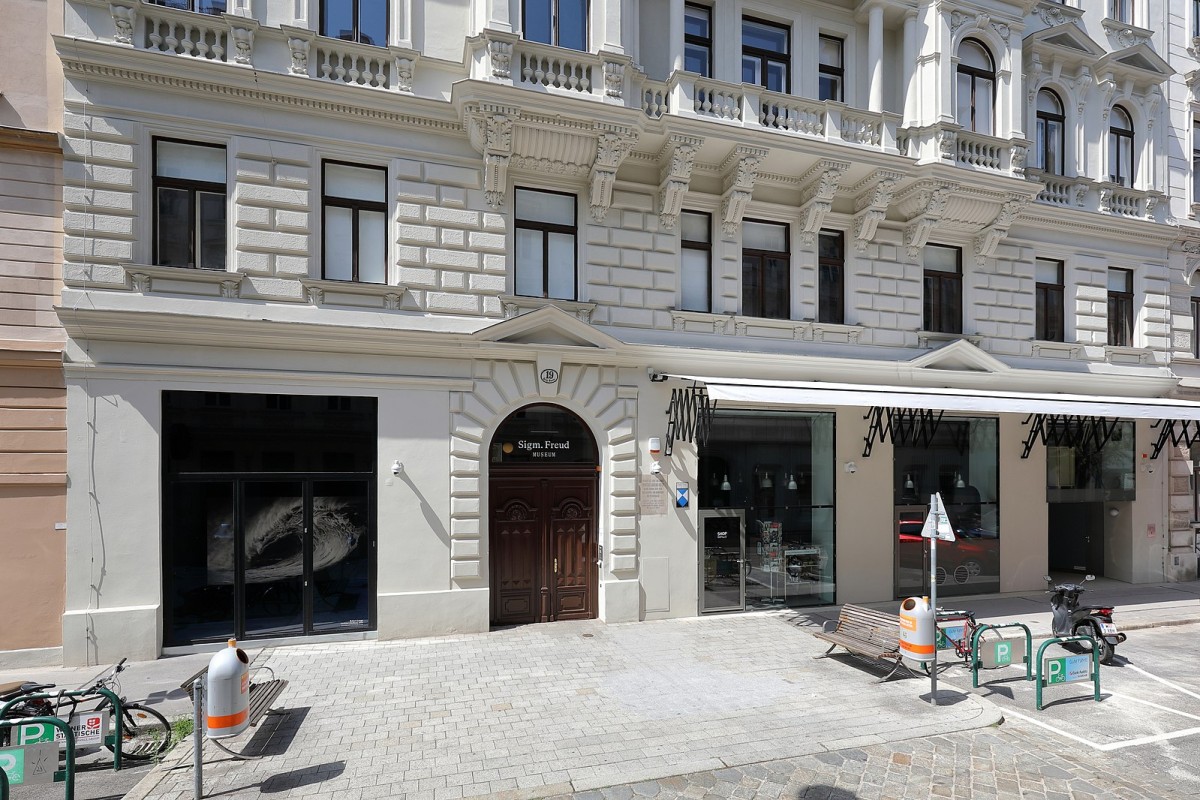Sponsored Content
The Freud Case: New Exhibition Sheds Light on Nazi Injustice and the Fate of the Family
A new special exhibition at the Sigmund Freud Museum in Vienna, “The Freud Case: Documents of Injustice,” will shed light on the harrowing history of the family of the founder of psychoanalysis, Sigmund Freud, after the Nazis seized power in 1938, starting on October 24.
 The story of the Freud family after the Nazis seized power in 1938: this is the subject of a new exhibition at the Sigmund Freud Museum. / Picture: © Wikimedia Commons / C.Stadler/Bwag / CC BY-SA 4.0 (https://creativecommons.org/licenses/by-sa/4.0)
The story of the Freud family after the Nazis seized power in 1938: this is the subject of a new exhibition at the Sigmund Freud Museum. / Picture: © Wikimedia Commons / C.Stadler/Bwag / CC BY-SA 4.0 (https://creativecommons.org/licenses/by-sa/4.0)
Entitled “Robbed, Expelled, Murdered,” the exhibition focuses on systematic persecution and expropriation, with particular emphasis on the tragic fate of Sigmund Freud's four sisters. The exhibition will be on display at Berggasse 19 until November 2026.
From exile to murder
While Sigmund Freud and his brother Alexander managed to flee…
or Log In
Fast News Search





